Pink Eye: Causes, Symptoms and Treatments
Pink eye, more formally known as conjunctivitis, is a common and extremely contagious condition. Luckily, it is one of the most common and treatable eye conditions across the globe. There are many different causes, symptoms, and treatments of pink eye, with the most common symptom being precisely that - a pink eye. Generally, pink eye is not dangerous and will go away without medical treatment within seven to ten days. However, if symptoms get more severe or persist for over a week, individuals should visit their doctor to get prescribed medication.
Get the full details surrounding the causes, symptoms, and treatments surrounding pink eye now.
Viruses And Bacteria

Viruses and bacteria are the primary causes of pink eye. Adenoviruses are the most common viruses that lead to this condition. In addition to infecting the eyes, these viruses can also cause flu-like symptoms such as coughs, sore throats, and diarrhea. Staphylococcus aureus and Streptococcus pneumonia are two of the major bacteria groups that can trigger pink eye, and patients could also develop pink eye after becoming infected with Haemophilus influenzae. Viral and bacterial conjunctivitis are both contagious. To reduce the risk of contracting pink eye through a bacterial infection, patients should always ensure they do not share contacts with others or wear another person's contacts, and it is especially important to clean contacts frequently. Patients should avoid touching their eyes as much as possible, and doctors recommend that any contaminated eye cosmetics be thrown away. To reduce the risk of viral infections, patients should stay up-to-date on all vaccinations and wash their hands before touching their eyes or eating.
Learn more about the causes linked to pink eye now.
Allergies

Patients with seasonal allergies or allergies to pets, particular medications, or cosmetics could develop a form of pink eye known as allergic conjunctivitis. Unlike other forms of this condition, allergic conjunctivitis is not contagious. Some of the most common allergens that can trigger allergic conjunctivitis include dust mites, mold, pet dander, and pollen from trees, weeds, and grass. Patients who have indoor allergies to dust mites or mold may be at risk of developing allergic conjunctivitis throughout the year, and individuals with seasonal allergies could be at a higher risk during seasons when pollen counts are elevated. Generally, this condition occurs more frequently in patients who have hay fever, eczema, asthma, and other types of allergic conditions. Allergic conjunctivitis often causes itching and tearing of the eyes, and patients frequently experience sneezing and watery discharge from the nose. Prescription eye drops are used to treat this ailment.
Get familiar with a factor that can both increase the risk of pink eye and present as a symptom now.
Eye Irritation

Patients with all types of conjunctivitis may develop eye irritation, or vice versa. The affected eye could become inflamed, and swelling of the conjunctiva might be present. Some patients report a burning sensation in the eye, and there may be a discharge of pus or mucus from the affected area. The eyelids could become swollen, and the patient might notice an increase in tear production. In the case of viral conjunctivitis, any discharge from the eye is likely to be watery. Chemicals splashed into the eyes and foreign bodies lodged in the eyes could both cause eye irritation and lead to pink eye. Since eye irritation could sometimes be a symptom of a more serious infection, it is important for the patient to see their eye doctor urgently if eye pain, blurry vision, and sensitivity to light develop and fail to resolve after twelve to twenty-four hours. Patients should seek urgent care if they have a foreign body stuck in the eye as well. To ease irritation, doctors may be able to prescribe lubricating eye drops or an eye ointment.
Continue reading to discover more information about the symptoms of pink eye now.
Redness And Itchiness

Patients with pink eye typically experience redness and itchiness. The white of the eye could turn pink or red, and patients with bacterial conjunctivitis are particularly likely to notice discharge that could cause the eyelids to stick together. This is especially common in the mornings after the patient has been asleep overnight. The itching associated with pink eye can be very intense, and many patients are often unable to avoid rubbing or scratching the affected area. In these cases, it is very easy to transfer the infection to both eyes, and complications could develop. For example, the patient's corneas might become inflamed, and this could cause vision changes. To ease redness and itching, doctors recommend applying cold or warm compresses to the eyes several times each day. The patient can choose any type of compress that feels soothing, and the protective cloth over the compress should be washed or changed after each use. If redness and itchiness are due to allergic conjunctivitis, the doctor might prescribe anti-inflammatory eye drops, mast cell stabilizers, antihistamines, or decongestants. It can be helpful for the doctor to know when the patient first noticed redness and itchiness and if these symptoms have worsened.
Uncover another warning sign of pink eye now.
Gritty Feeling
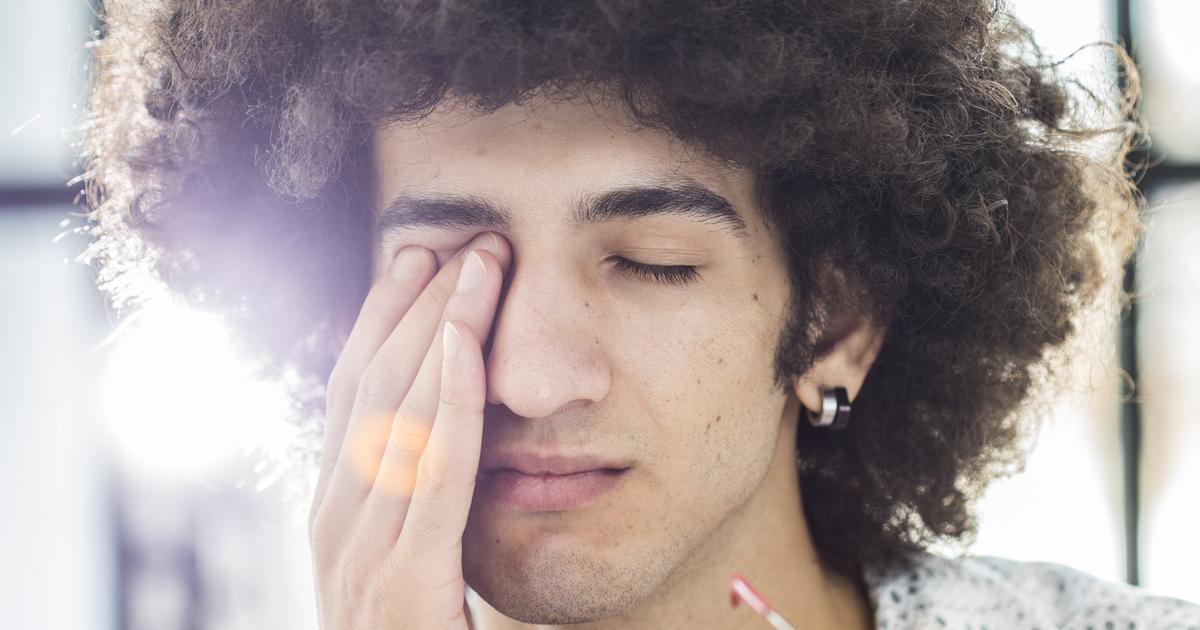
Patients typically notice a gritty feeling in their eyes when they have pink eye. Some describe it as the sensation of sand or dirt in the eye, and the feeling may worsen as the condition progresses. The sensation can be distracting and annoying, and it might keep patients from being able to focus on their work. Since a gritty feeling could also occur when a foreign body is stuck in the eye, the patient may want to have an eye examination to check for foreign objects in the eye. During the exam, the doctor may need to use fluorescein dye to clearly see dust particles and other foreign bodies. Patients experiencing a gritty feeling in the eyes could blink excessively, and there may also be pressure or discomfort. If doctors determine the gritty feeling is due to pink eye and no foreign body is present, the patient will likely be treated with artificial tears, and it can also help to clean the eyelids with a wet cloth. Patients may not be able to wear contact lenses during a pink eye infection, as these can intensify the gritty feeling and be very uncomfortable. The patient should check with their eye doctor about when to use contact lenses again.
Read more about the various symptoms, causes, and treatments for pink eye now.
Eye Discharge

Eye discharge is a natural creation of the body, and it can exist even without pink eye. Many individuals refer to this discharge as 'sleep' in the eyes. It accumulates in the corner of the eye while an individual sleeps, and it may make it difficult for them to open their eyes in the morning. Conjunctivitis may present with eye discharge that occurs throughout the day, rather than just when a person sleeps. The discharge might be sticky and wet, but it may also be crusted and dry if the liquid present evaporates. The protective function of the discharge is to remove debris and waste products from the eye's surface, preventing the eyes from becoming damaged. With conjunctivitis, the discharge tends to be excessive, and it might be yellow or green. Discharge is made of a combination of skin cells, oil, mucus, and any debris that enters the eye throughout the day.
Keep reading to learn more about the causes, symptoms, and treatment for pink eye now.
Tearing

Excessive tearing can occur as a result of pink eye, though not all cases of conjunctivitis will present with this. Excess tearing is most common in cases where the underlying cause is irritation or allergies. Conjunctivitis may occur when a chemical or foreign contaminant enters the eye, causing it to become irritated and red. Cleaning and flushing the eye can sometimes help with the irritation. When the conjunctivitis is caused by this, the eyes tend to have mucus discharge and excess watering, but the symptoms tend to abate within a day or so. Conjunctivitis due to allergies occurs when the immune system produces antibodies in response to an allergen. The antibody causes the cells in the mucous linings of the eyes and airways to release histamines, which are inflammatory substances meant to fight off invading pathogens. Many of the symptoms are similar to those found in the common cold. Affected eyes may become pink or red, and patients might experience tearing and general irritation around the eyes.
Keep reading to learn all the different ways that pink eye can be prevented.
Ways To Prevent Pink Eye From Spreading

Pink eye is spread easily through contacting the discharge that contains the virus or bacteria. The virus or bacteria can spread simply by touching the eye and then touching an object. In order to prevent the spreading of the pink eye, it is essential to wash hands before and after touching the eyes or face and after applying medicine to the affected eye. Other preventative tips include not sharing makeup, eye medicine, pillows, towels, or linens, wear safety glasses when handling or working with chemicals, wear eye protection to prevent irritation, and do not use eye makeup until the infection has cleared.
Discover how to treat pink eye next.
Treatments For Pink Eye
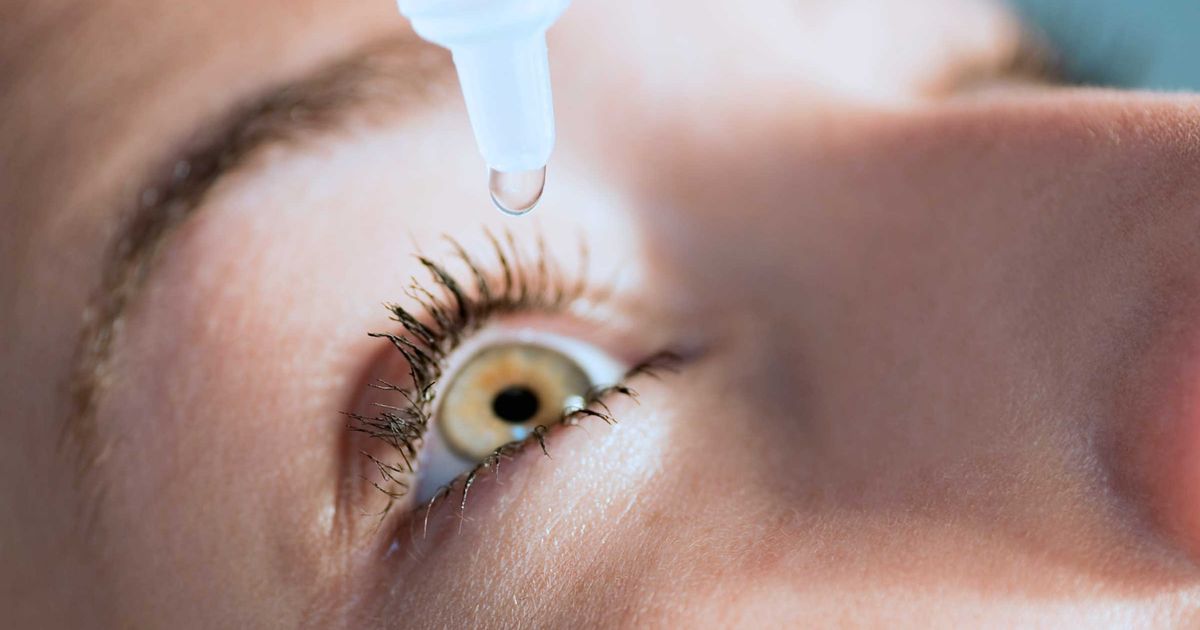
Treating pink eye is normally focused on relieving symptoms. For instance, a doctor may recommend cleaning the eyelids with a wet cloth and using cold or warm compresses a few times per day. If the patient wears contacts, they will be encouraged to refrain from wearing them until pink eye has completely subsided. Any contacts worn while the patient was developing pink eye may also be recommended to be thrown out if they are disposable. If pink eye is due to bacteria, antibiotics may be prescribed to relieve the symptoms within two to four days. However, the patient can usually return to their normal routines such as school or work after twenty-four hours after beginning antibiotics. Other forms of treatment may include eye drops, and if pink eye is due to an allergy, medications like antihistamines, decongestants, and steroids and anti-inflammatory drops may prove to be useful.
Get more details on treating pink eye now.
Use Artificial Tears
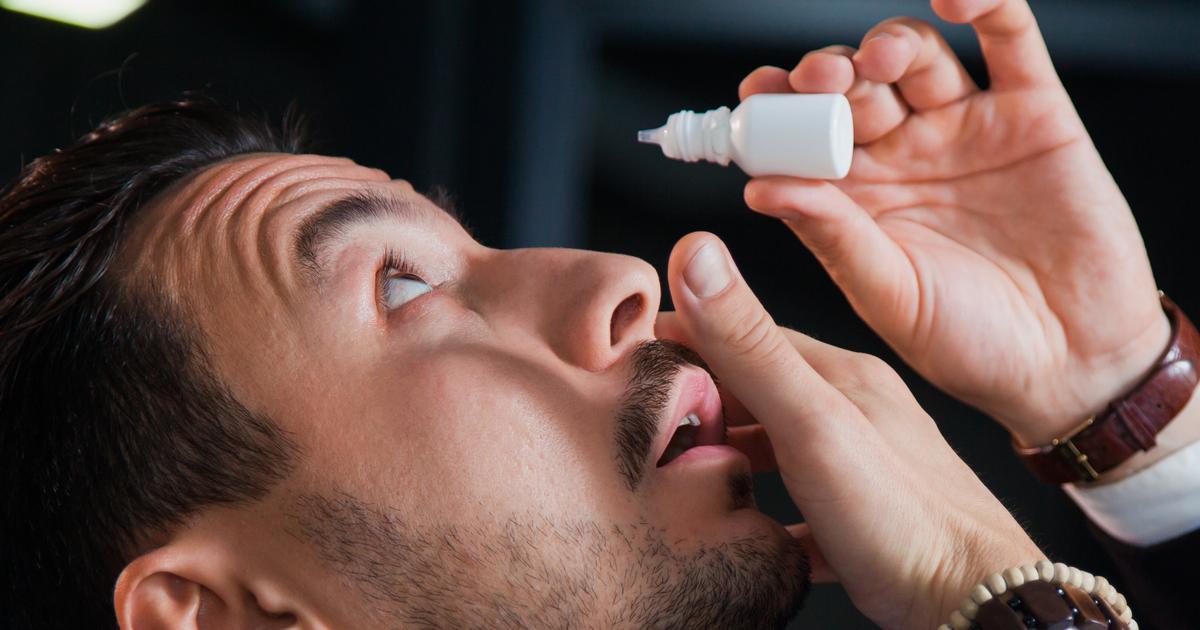
Pink eye treatment is typically based on offering symptom relief. For some types of pink eye, it can be helpful to use artificial tears to alleviate the discomfort. This is particularly true of pink eye cases where the eyes become dried-out and irritated. Pink eye occurs due to an irritation or infection of the tear film coating the eyes, which may keep that film from functioning as well as it should. The result is dryness and discomfort around the eyes. Artificial tears are available over-the-counter in most areas, and they can lubricate dry eyes to make sure tear film stays moisturized. In addition to treating pink eye, artificial tears can be used to treat dry eyes caused by dozens of other conditions. The two main types of eye drops are those with preservatives and those without. Because chemical preservatives can irritate the eyes, it's best to use preservative-free formulas when treating pink eye. This will help keep the eyes from becoming more irritated, which may help speed up the healing process.
Discover additional ways to treat pink eye now.
Apply Compresses Several Times Daily
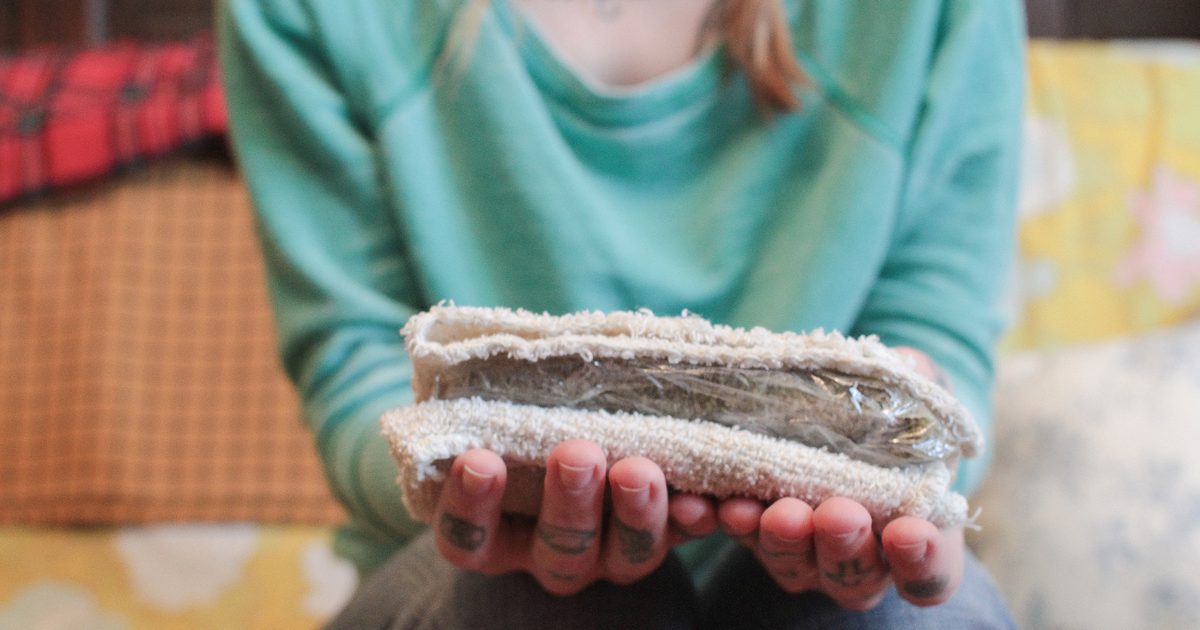
Depending on the type of conjunctivitis a patient has, a good means of symptom relief may be to apply compresses several times daily. Artificial tears and cool compresses can be combined to provide relief in mild cases of allergic conjunctivitis. If individuals have viral conjunctivitis, there won't be an eyedrop or antibiotic treatment method that can cause the symptoms to clear up faster. Instead, the best means of relief will be through the use of cool compresses. Some patients might find warm compresses offer more comfort and relief than cool compresses, so the temperature they use is up to them. To make a compress, take a clean washcloth and soak it in warm or cool water. Then, they should fold the damp cloth and place it gently over the irritated eye. The combination of temperature change and moisture can alleviate inflammation and pain. Patients can apply a compress for as long as it's helpful, and they can re-soak and reapply it however often they want.
Learn more about treating pink eye now.
Antihistamine Or Anti-Inflammatory Eye Drops
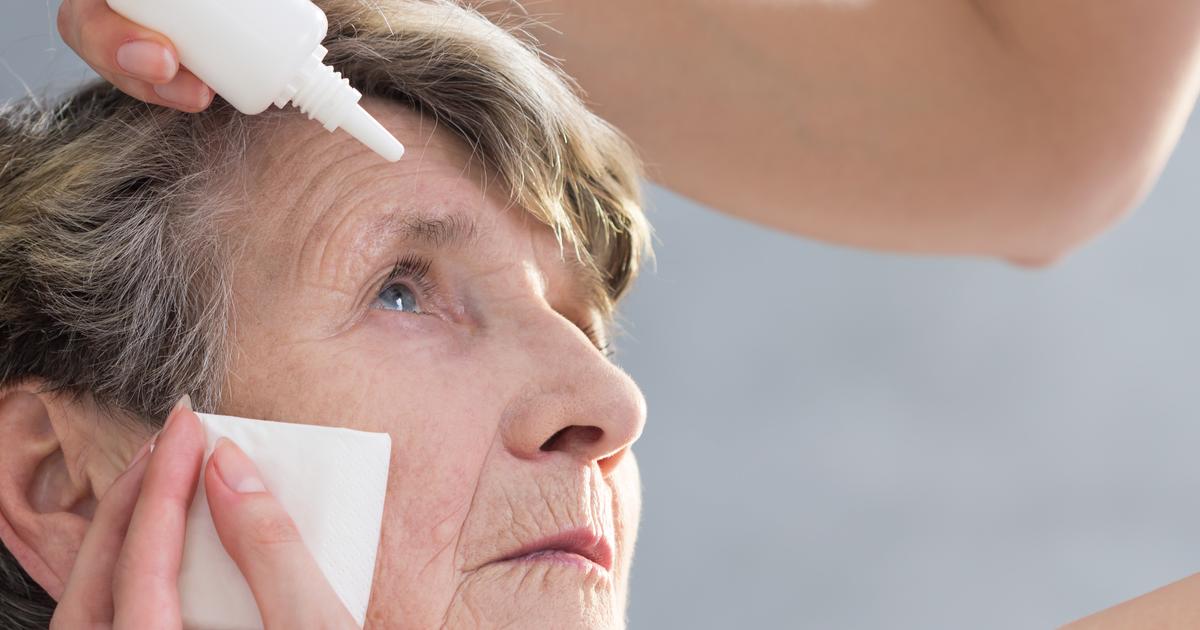
Some forms of conjunctivitis, like viral conjunctivitis, can't be treated or improved with medicinal eye drops. However, this isn't the case for all types of pink eye. The treatment will depend on the underlying cause of the condition. For some individuals, treatment may involve antihistamine or anti-inflammatory eye drops to ease the symptoms and speed healing. The purpose of these eye drops is basically what it sounds like. Anti-inflammatory drops are designed to mitigate the inflammatory response from the body, which may exist in response to bacterial or allergic conjunctivitis. Antihistamines are designed to combat the body's histamine levels, which rise significantly during an allergic reaction. Rather than stopping the body from producing antihistamines, antihistamine medications protect the body from the effects of histamines. This means they aren't able to stop or slow the course of an allergic reaction, but they are capable of lessening the irritation. A doctor might prescribe medicated eye drops if a patient is having pink eye symptoms that interfere with day-to-day functioning.